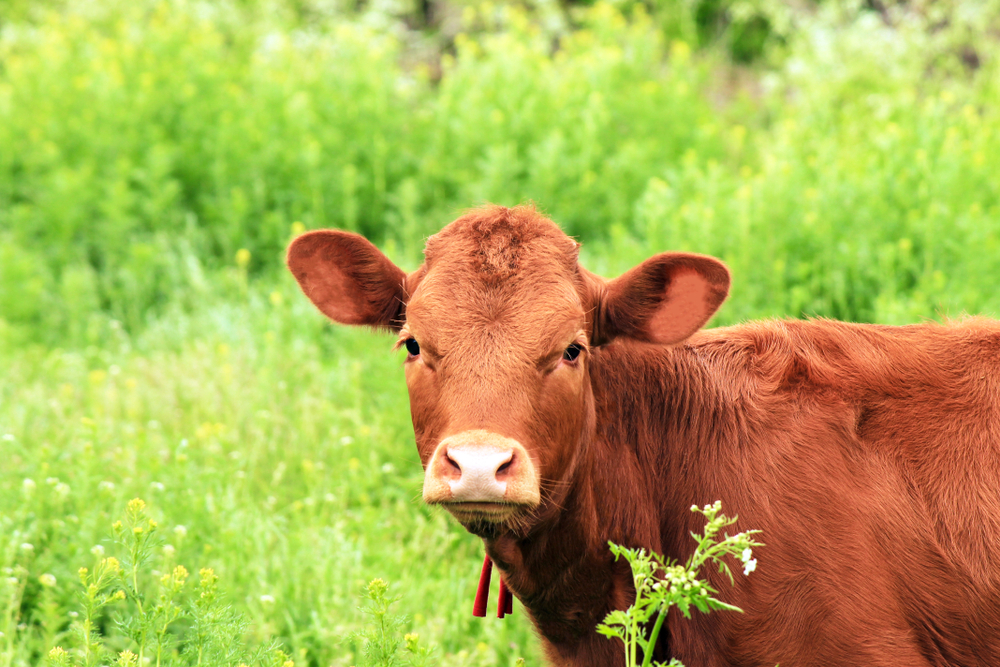When pushed I sometimes concede to my family outside Israel that the chagim are not so different in the diaspora and in Israel. After all, most religious people spend the day between shul and the dining room table, with some resting in between. Yes, those outside Israel have two days to our one, but whether that’s twice as good or a punishment for not making aliyah is a personal opinion.
But one thing we have in Israel, and especially in Jerusalem, is the incomparable Chol Hamoed experience – the Intermediate days between the first and last days of both Pesach and Sukkot -the way it’s supposed to be celebrated, according to Jewish law and tradition.
When we lived in England, it was difficult to feel that these chagim actually lasted a full week. There were two days of Yom Tov when we didn’t go to school or work. Then there were four or five (depending on the holiday) regular days when life carried on more or less as usual (apart from eating matzah or sitting in a sukkah) and than another two days of Yom Tov. Religious people who were self-employed could allow themselves the luxury of taking the week off but I don’t remember knowing anyone who did this.
But here in Israel everyone knows it’s Chol Hamoed. Even the radio and TV announcers greet you with Moadim L’Simcha, the traditional Chol Hamoed greeting.
School is out, many people don’t work at all, and those who do often work half-day. And the atmosphere on the streets of Jerusalem is simply festive. All over town you’ll see families in their Shabbat clothes enjoying themselves together; playing in parks and playgrounds, eating out in restaurants , picnicking in the parks, strolling through the streets at a leisurely pace ( not racing against time to get from one place to another) soaking up the delicious, relaxing ambiance.
The closer you get to the Old City and the Kotel, the stronger the feeling of Something Special Happening becomes. Throngs are arriving by every mode of transport. Buses come and go non-stop. Extra buses are put on by Egged for the whole week each one full to bursting. Masses are arriving on foot, hapless drivers face no-entry signs and diversions galore and look desperately for somewhere to park, eventually being forced to leave their cars up to 20 minutes walk away and join the foot traffic.
Pesach and Sukkot are traditionally known as two of the Pilgrimage Festivals when residents of ancient Israel would come to sacrifice at the Temple. The custom of visiting Jerusalem during these chagim has returned since the Six Day War when free access was gained to the Old City of Jerusalem and the Western Wall and thousands arrive from all over the country every day to pray at the Kotel and to enjoy visiting the remnants of Jerusalem at the time of the Temple. They can daven in the Rambam’s Shul, hear concerts of popular Jewish music in the nearby plaza, buy items of Judaica and works of art, and visit museums of ancient and more modern Jerusalem.
What would the Romans think if they could see the throngs of Jewish visitors today treading the ancient paving stones of their Cardo, their shopping mall of two thousand years ago. Wouldn’t they be amazed to see an enormous life-size replica of the golden menorah used in the Temple, standing majestically enclosed in a glass case ready to be used once again in the Third Temple. The highlight of the week is undoubtedly the public mass Birkat Kohanim , the Priestly Blessing of the people, usually held on the 2nd day of Chol Hamoed to enable the participation of those still celebrating two days Yom Tov. The sight of hundreds of white tallitot swaying in unison as the utter the ancient blessing is a memory that the thousands of visitors will not easily forget.
Submitted by Ann Goldberg
First published in the Jerusalem Post


